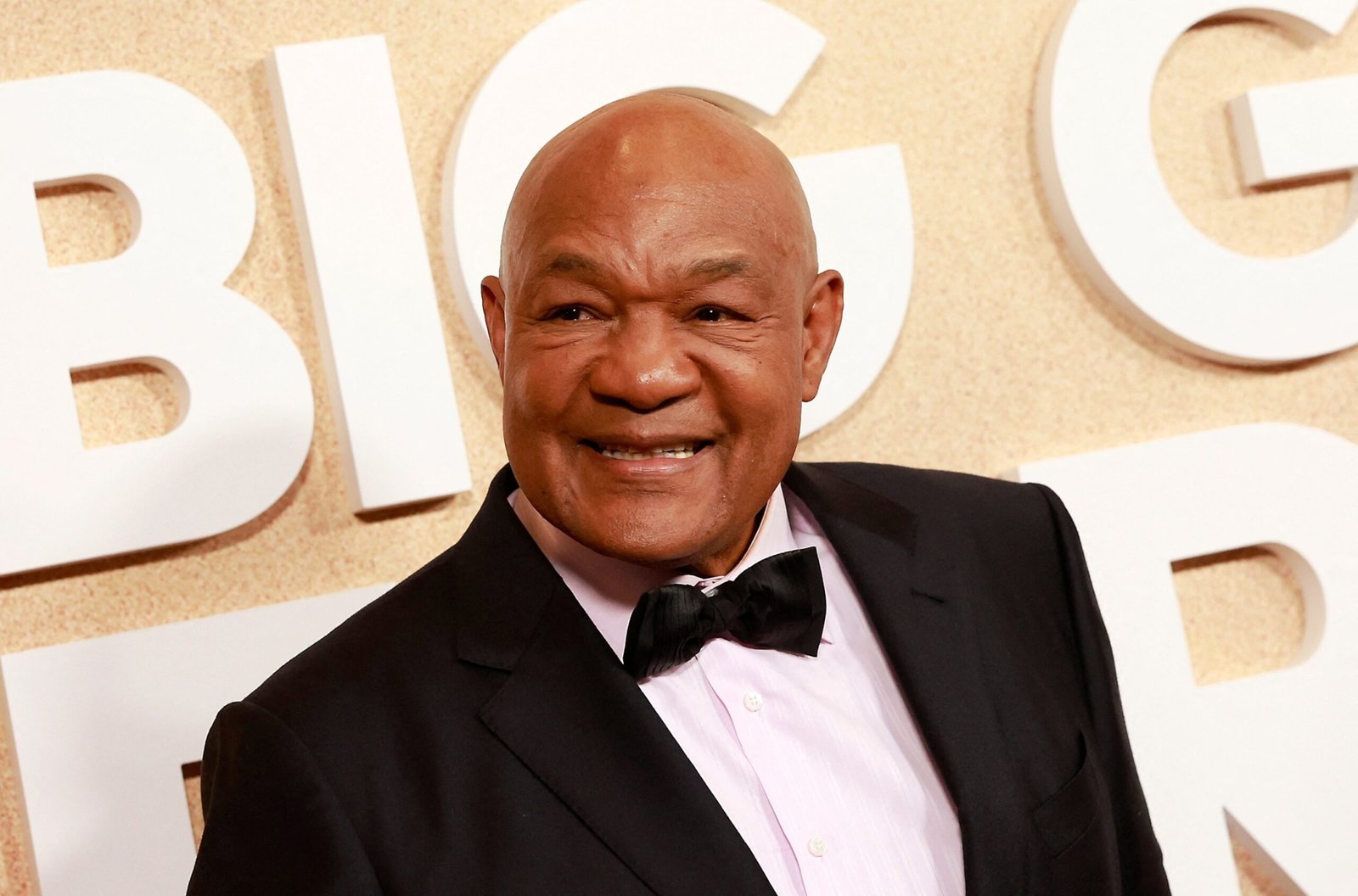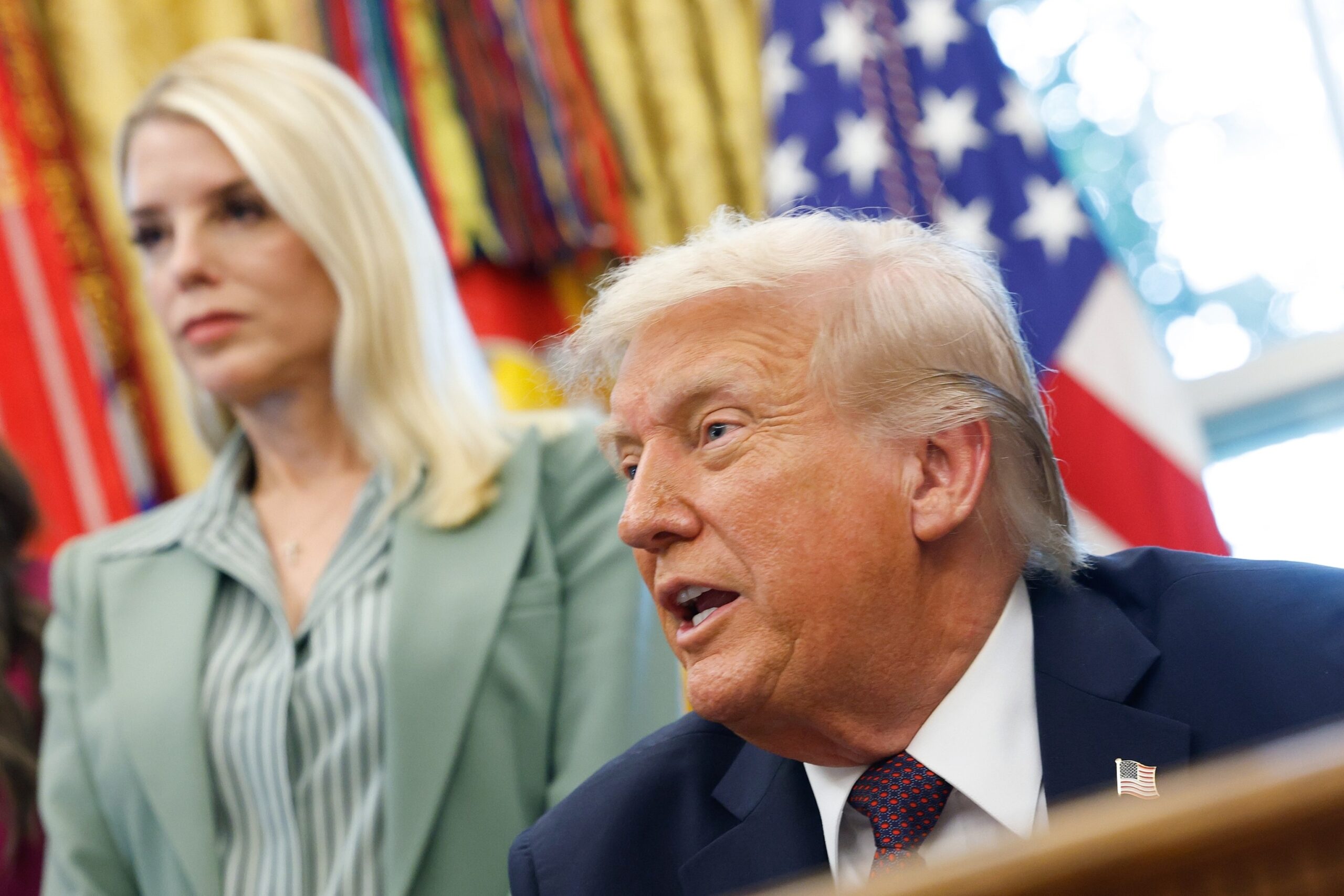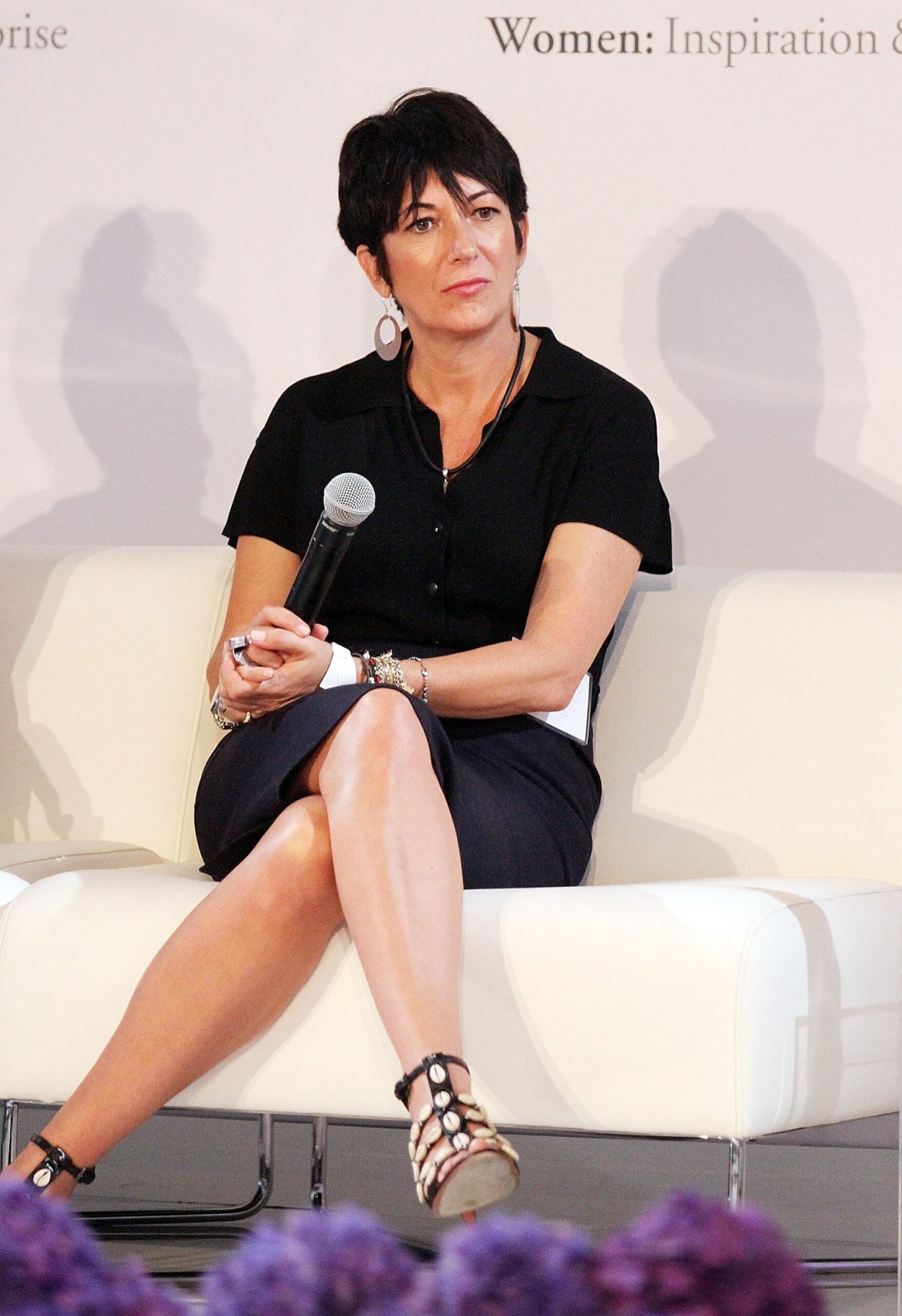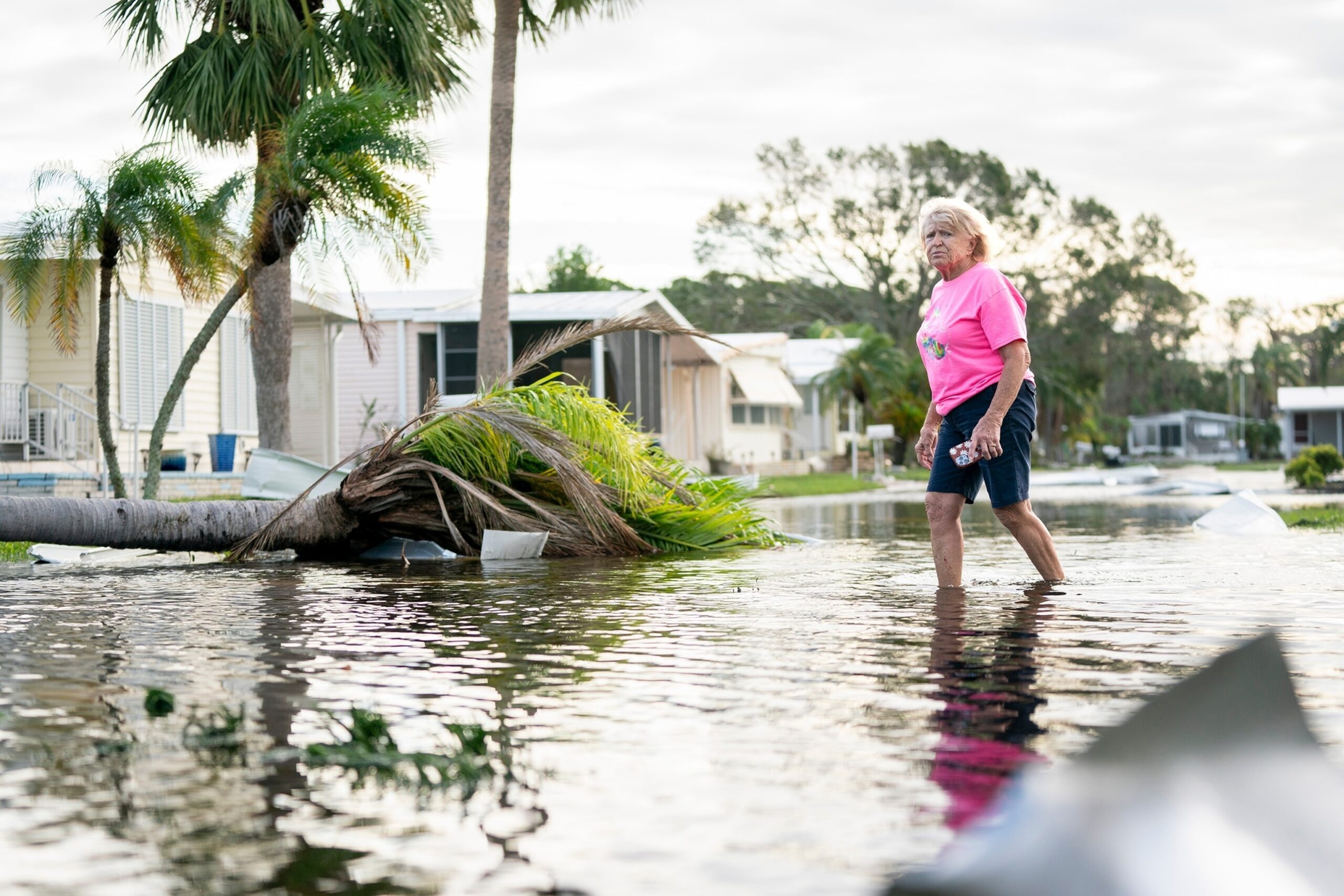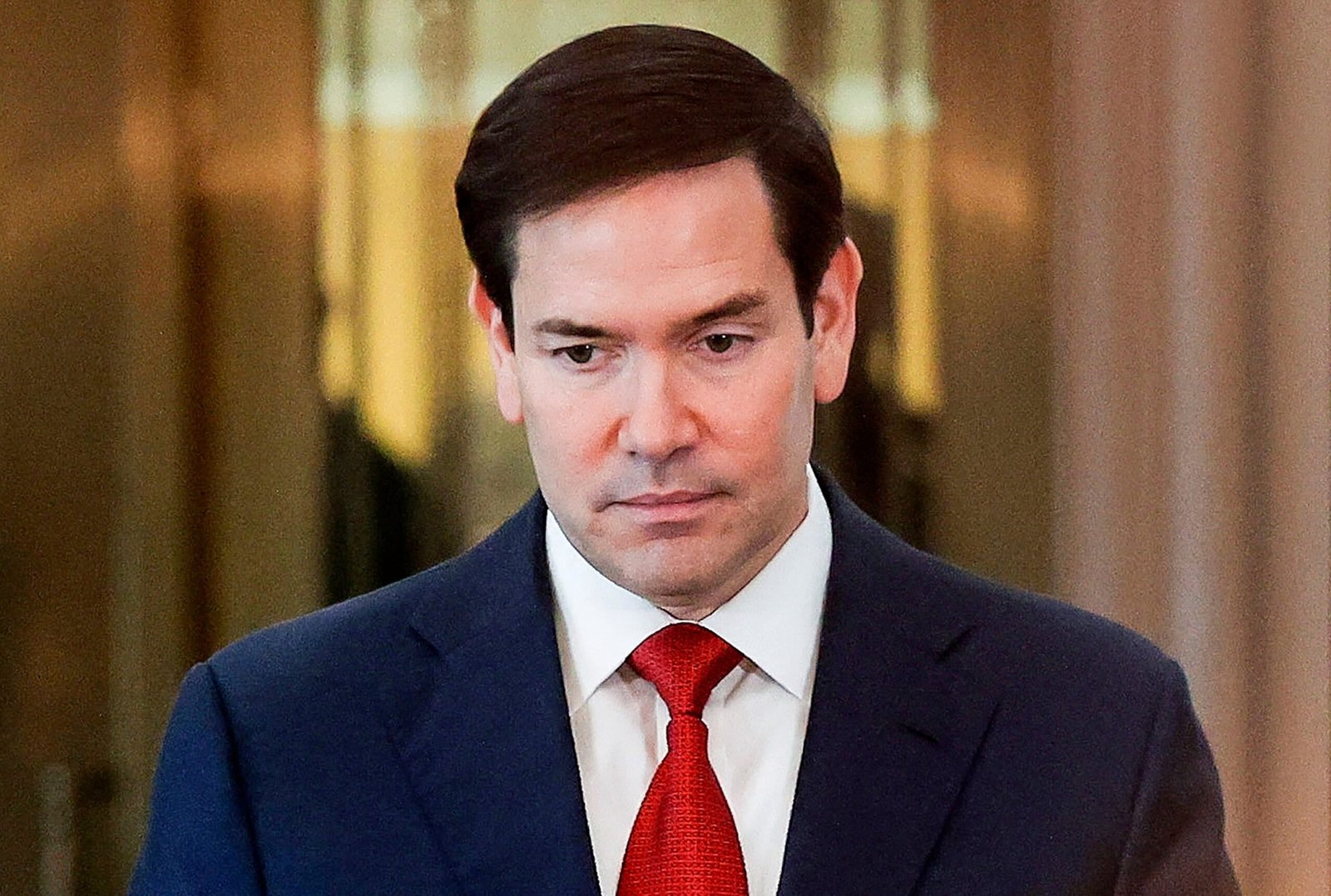Choose a new Pope: What happens next and what is a papal conclave?
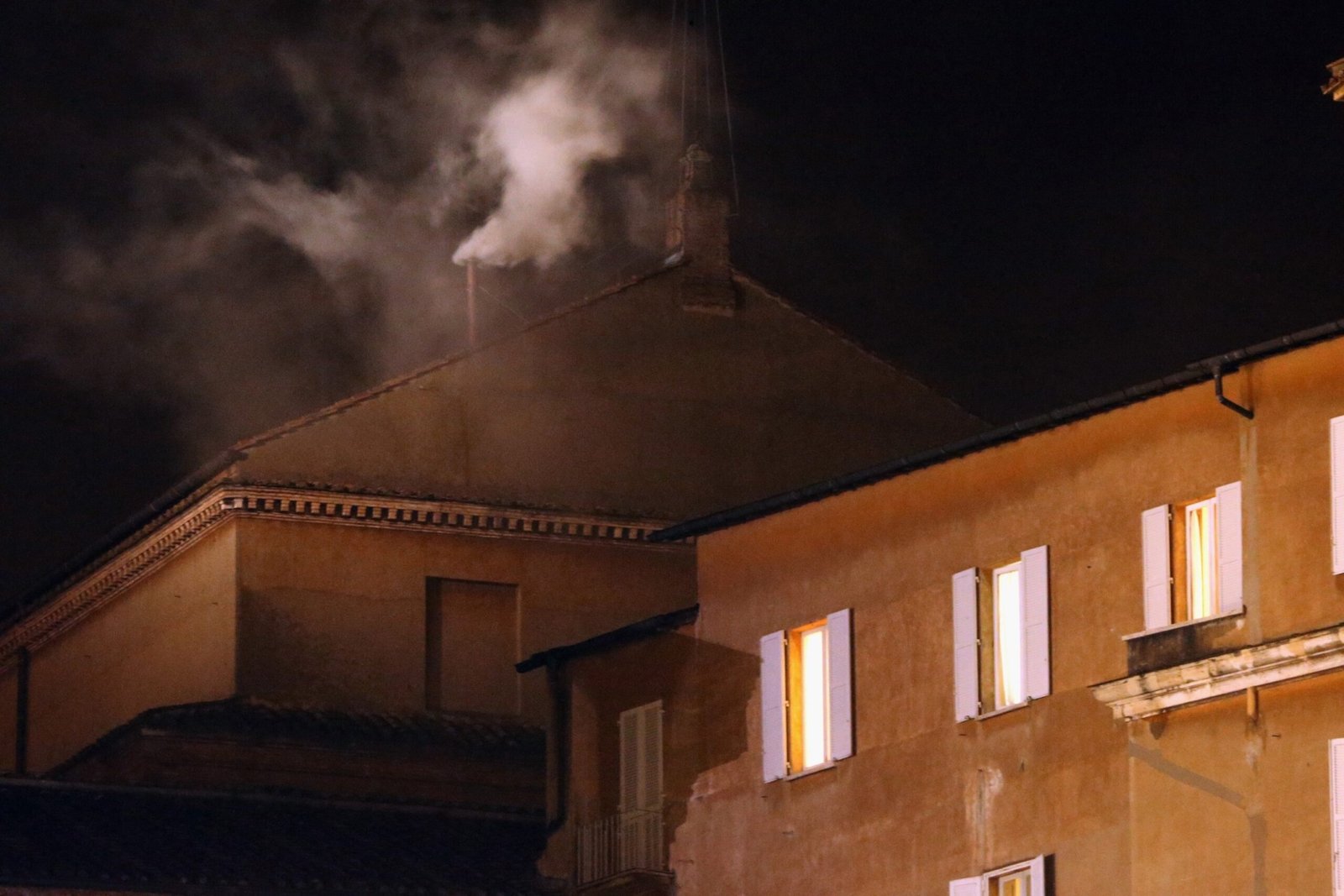
The process by which a new Pope is chosen has undergone numerous changes in the almost two millennia that the Catholic Church has existed, with the current procedure a combination of ancient traditions and modern updates as recent as 2013, which reflects the changes instituted by Pope Benedict XVI. Even so, the essential ritual has greatly maintained without changes for centuries.
The death of Pope Francis launches a series of formalized rites and observances that occur during what is called Interregnum, which begins in the death of the pontiff and ends with the choice of his successor. The period of time during which the papacy is vacant is known as vacancy, Latin for the “vacant seat.”
The death of the Pope is first verified by Cardinal Camerlengo, or Chamberlain, who directs the ordinary affairs of the Vatican city-state during the vacant headquarters. A traditional nine days of mourning begins. This includes the Pope’s funeral, which by tradition is celebrated within four to six days after his death, after his body is in the state for several days in the Basilica of San Pedro. This also allows the global dignitaries and heads of state to present their respects and attend the funeral.
It is also during the interregno that all cardinals under 80 who are eligible to participate are summoned to Rome to prepare for the secret conclave within the Sistine Chapel to choose the next pontiff, a meeting that generally begins between 15 and 20 days after the death of the Pope. The cardinals spend the interregno housed in private rooms in the Domus Marthae Sanctae, essentially a residence hotel in the Vatican with gastronomic facilities that generally house the clergy and the lay visitors. By tradition, the cardinals are separated from the outside world, including televisions, telephones, computers and newspapers.

The white smoke emerges from the chimney on the roof of the Sistine Chapel that indicates that the Cardinals College has chosen a new Pope on March 13, 2013 in the city of the Vatican, Vatican.
Christopher Furlong/Getty images
The Cardinals College will broadcast up to four ballots in a single day for the next Pope, with a two -third majority required to choose a pontiff. After each vote, the ballots are burned and released from the chimney of the Sistine Chapel as a signal to the crowd that has vigil in the Plaza de San Pedro. The black smoke, smoked Nera in Italian, indicates a non -conclusive vote, while the white smoke, Fumata Bianca, will mean that a new Pope has been chosen. If three days without chosen potato spend, the vote can be suspended for one day to allow the cardinals to be time to reflect before the next round of ballots are cast.
Once the Cardinals College chooses a new Pope, the candidate is formally asked in the Sistine Chapel if he accepts the elections and, if so, choose his papal name. While the potatoes have the option of maintaining their baptismal name, each Pope during the last 470 years has chosen to change his name, generally to honor a predecessor and point out his intention to emulate his example.
The interregno ends when the newly chosen Pope makes his first public appearance in his new role, ascending to the central balcony in the Basilica of San Pedro, with a view to the Plaza de San Pedro, to bless the crowd gathered there after being presented by the Deacon Cardinal Senior with the traditional declaration “Habemus Papum” – Latin for “We have a pope”.



